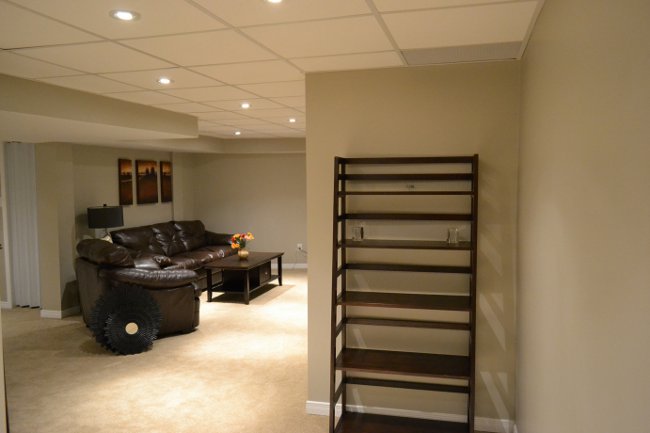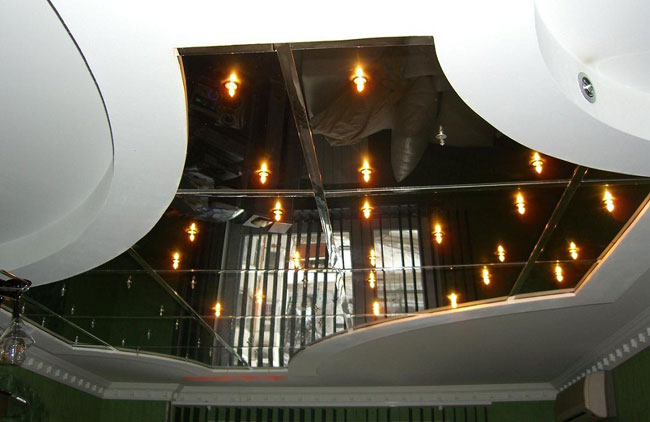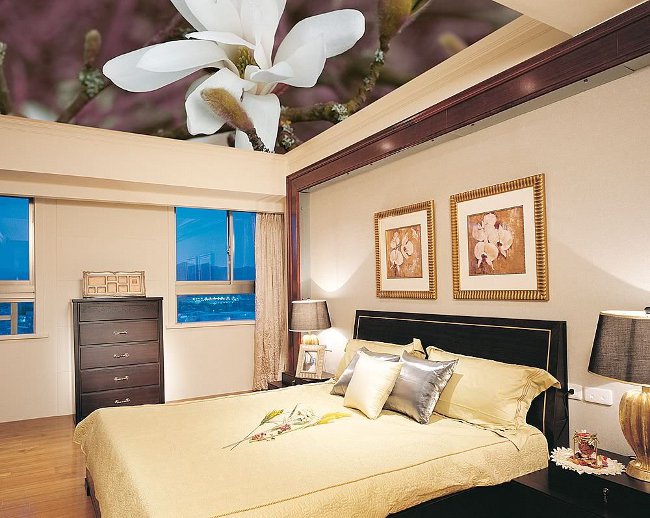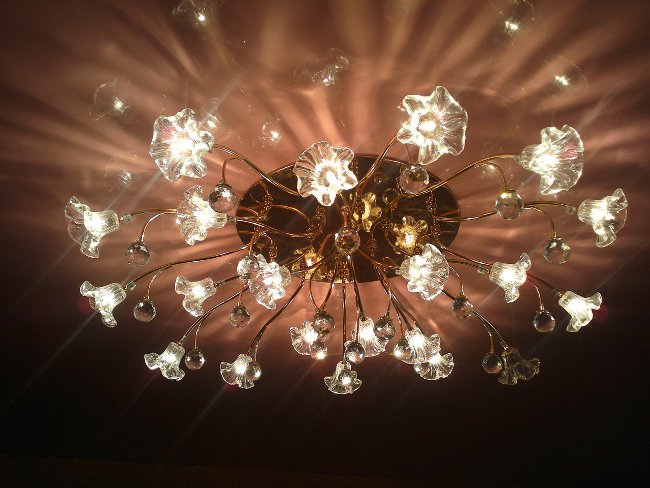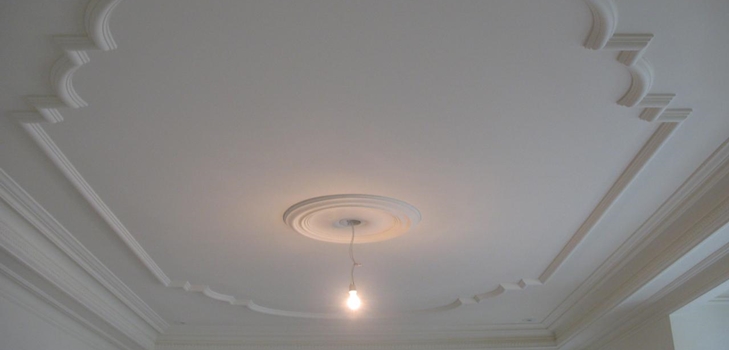Types of suspended ceilings

Suspended ceilings are quite a popular solution: they help disguise the engineering communications and unevenness of the ceiling, lower the ceiling too high. There are many types of suspended structures, so it is useful to know what kind of types of suspended ceilings.
All types of suspended ceilings can be conditionally divided into two large groups: solid and modular. Sometimes there is another third group - suspended ceilings, but often these continuous ceilings made of PVC film are considered a separate type of ceiling ceiling and are not considered to be suspended ceilings.
The most common type of solid (frameless) suspended ceilings is the plasterboard ceiling, consisting of a continuous sheet of drywall,which during the installation requires additional cutting and finishing. Installation of continuous ceilings is best entrusted to specialists, as it is not easy to install a heavy gypsum board.
This is a cheap and externally attractive option,However, if you need access to the interstitial space, a continuous suspended ceiling becomes a serious obstacle. The only way out is to install special hatches in it. The advantage of such ceilings is that they do not look like pendant, for many it is important.
Modular suspended ceilings consist of separate modules (ready-made parts). The advantage of such ceilings is that if you need to replace a separate module in case of its damage, you do not have to dismantle the whole ceiling: you can easily disassemble the desired panel or grille and install another, same standard
Also modular ceilings facilitate access to the interstitial space, if you need, for example, to replace or repair utilities that are "hidden" behind the suspended ceiling. Installation of many types of modular ceilings is easy to implement independently.
Basic Types of suspended ceilings belonging to the group of modular, - this is tiled, panel, cassette, rack and cellular ceilings. Cassette ceilings consist of separate metal modules of rectangular shape, which are laid on special profiles of metal.
Tiled and paneled ceilings consist of, respectively, square andrectangular modules. They resemble cassette ceilings, but if in metal cassettes metal cassettes act as functional modules in the cassette ceilings, then the tile and panel modules are usually made of plasterboard or mineral fiber.
Cellular ceilings ("Grilyato") have a characteristic design feature - an open surface, which looks like a solid mesh or lattice of metal (usually aluminum). On the back side of the grating there is a background substrate.
A distinctive feature rack ceiling - longitudinal joining of ready-made ceiling panels(long narrow slats). Typically, these ceilings are installed in rooms that have a small area and are characterized by high humidity (bathrooms, small kitchens).
Sometimes other types of suspended ceilings are selected, being guided by other criteria. For example, configuration execution allocate planar and curved ceilings. By method of access to utilities types of suspended ceilings are divided into non-separable and collapsible.
By special functional purpose distinguish moisture-resistant, fire-resistant, acoustic, hygienic, impact-resistant, decorative suspended ceilings. By purpose of Isolate ceilings for individual and public spaces and office ceilings.
Also occurs classification of suspended ceilings depending on the material, from which the modules are made. It can be glass wool, mineral fiber, gypsum board, reinforced gypsum, wood, plastic, metal, MDF, fiberboard, DSP, glass (including mirror).
Different types of false ceilings have their advantages and disadvantages. When choosing a specific type of guidanceyou need to know exactly which room you are going to install the suspended ceiling, what functions it will perform, the aesthetic appeal of the ceiling (including how it fits into the interior design of the room) and, of course, the thickness of your wallet.
